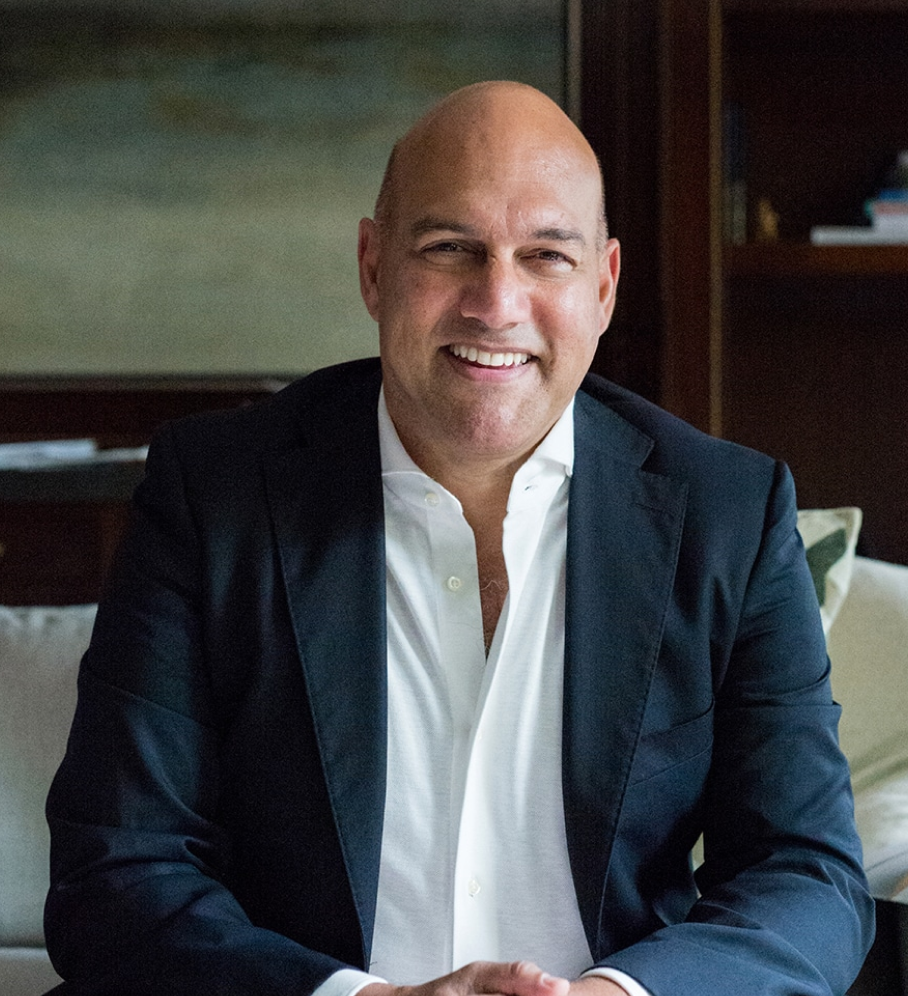Technology Risk
In 1995, it cost about $15 million to build a software startup based in Silicon Valley. That money mostly went to building server stacks, purchasing software, and hiring staff to configure and manage all of that technology, purchase bandwidth, and write new code.
By 2005, the cost of all this had dropped to about $4 million. Servers were cheaper, and software—now often open-sourced—was easier to develop and configure. Most hard costs became focused on marketing and sales.
Today, with well-established capabilities, such as cloud computing and social media, that same effort averages about $12,000. The technology risk that was once enormous (particularly in software) has been reduced over the last twenty years by more than a thousand times. Most of the remaining risk involves mere scalability issues.
A case in point: the rise of standardized web services. These allow complex software functionality to be integrated into a startup merely at the press of a button. Examples include Google’s Prediction API for predictive analytics and AlchemyAPI’s deep learning software for pattern recognition.
To illustrate the sheer magnitude and pervasiveness of this reduced technology risk, consider hardware startups. A new wave of large companies in Shenzhen, China (e.g., Foxconn, Flex, PCH International), as well as open-source hardware platforms such as Arduino, Raspberry Pi, and 3D printers, now allows anyone to design a hardware product and quickly prototype and build it.
Liam Casey, the CEO of PCH, has aggressively turned his company into a platform upon which anyone can create the equivalent of an App Store for hardware startups. Brady Forrest, formerly head of Highway1, a PCH incubator, put it simply: “We want hardware to be as easy as software.” Indeed, hardware is increasingly dissolving into software.
According to entrepreneur Chris Dixon, the most important change for entrepreneurs today versus a decade ago is the ratio of “reach to capital”—that is, how efficiently investment money can be used. Today, the reach of a startup is 100x larger, while the capital needed is one-tenth that of a decade ago—a thousandfold improvement in just a decade. One simple example is the cost of genome sequencing. In 2001, $100 million of capital would purchase you the sequencing of one single genome. Today as the cost of sequencing is approaching $100 per sequence, $100 million of capital would deliver you 1 million genome sequences.
The result is that technology risk, particularly for largely information-based or information-enabled businesses, has all but evaporated. (Needless to say, if instead, you want to build a supertanker, you will still need some capital.)
Join Our ExO Community - Unlock Exponential Growth!
Traditional growth models risk obsolescence. Learn how to become an Exponential Organization (ExO) and drive innovation with disruptive technologies. Sign up now!
Organizations implementing the formula have delivered over
- ⭐ 6.8x high profitability
- ⭐ 40x higher shareholder returns
- ⭐ 11.7x better asset turnover
- ⭐ 2.6x better revenue growth








